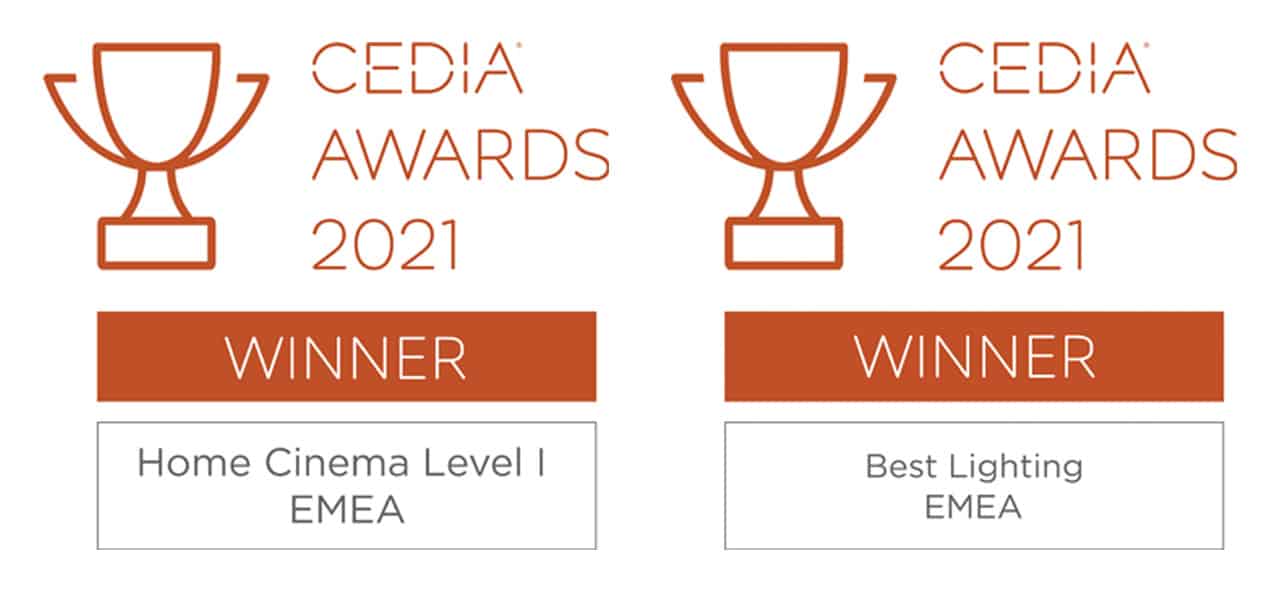
Home cinema product specification
When designing a high performance home cinema, with the goal of meeting or exceeding many commercial cinema industry standards, the selection of products must be based on engineering principles, rather than brand names or fashion.
Only once every previous step of the design process is complete, is it time to begin selecting the required products to fit the design.
With the overall home cinema design in place, it is still important to select products in a sensible order, such as choosing amplification to suit the loudspeakers, rather than choosing loudspeakers to suit the amplification.
Starting a Home Cinema design with a specific product or brand in mind, is the easiest way to deliver a poor end result.
Screen & Projector

By this point, we already know how big our screen will be and the aspect ratios required, how far we will be seated from it and how bright the image should be. Specification is often a balancing act between budget and performance, the design may require a Motorised Masking screen for the best image quality with a range of content, but the budget may not allow for this.
With the screen chosen, we now know the fabric we are working with and how much light it reflects (screen gain), so it is now possible to choose a Projector, knowing how many Lumens we will require to light the screen to the designed brightness level.
Surround Processor

The choice of AV Processor, will be determined by the features required by the design. If the total speaker count is under 16 (Dolby Atmos 9.1.6), then there is a far larger range of options available than for higher channel counts.
The AV Processor will also provide electromechanical acoustic room correction. Each manufacturer approaches this slightly differently and the design may benefit more from one technology over another – For example if it has been impossible to place the speakers in their ideal positions, Trinnov provide the ability to “remap” the speaker by taking very precise measurements of its actual location and adjusting the signal to replicate its desired position.
Speakers and Subwoofers

At this point, we will know how many speakers we will have in the room, where they will be placed and exactly how far every speaker is from each seat.
With a target Sound Pressure Level (volume) in the design, we can now select loudspeakers and subwoofers that are capable of delivering those levels. This involves checking the speakers maximum output, frequency range and dispersion patten to ensure the optimum performance at every seat.
There will almost certainly be multiple subwoofers in the room, which will need to be hidden from sight. A key part of subwoofer specification is to select products which deliver the required audio output, in a size and form factor which will be concealable, without impacting the interior design.
Amplification

The Next stage of the audio system is to ensure we have enough amplification power to drive the selected speakers.
Each speaker has its own unique power requirements including its sensitivity and impedance. Only once we have chosen the speakers, will we know the specific requirement for the Amplification.
In order to provide the cleanest signal, free from damaging distortion and clipping, we generally aim to provide twice as much power as we will ever use. If we need 200watts RMS to drive our speaker to the required level, we would select a product capable of providing 400watts.
